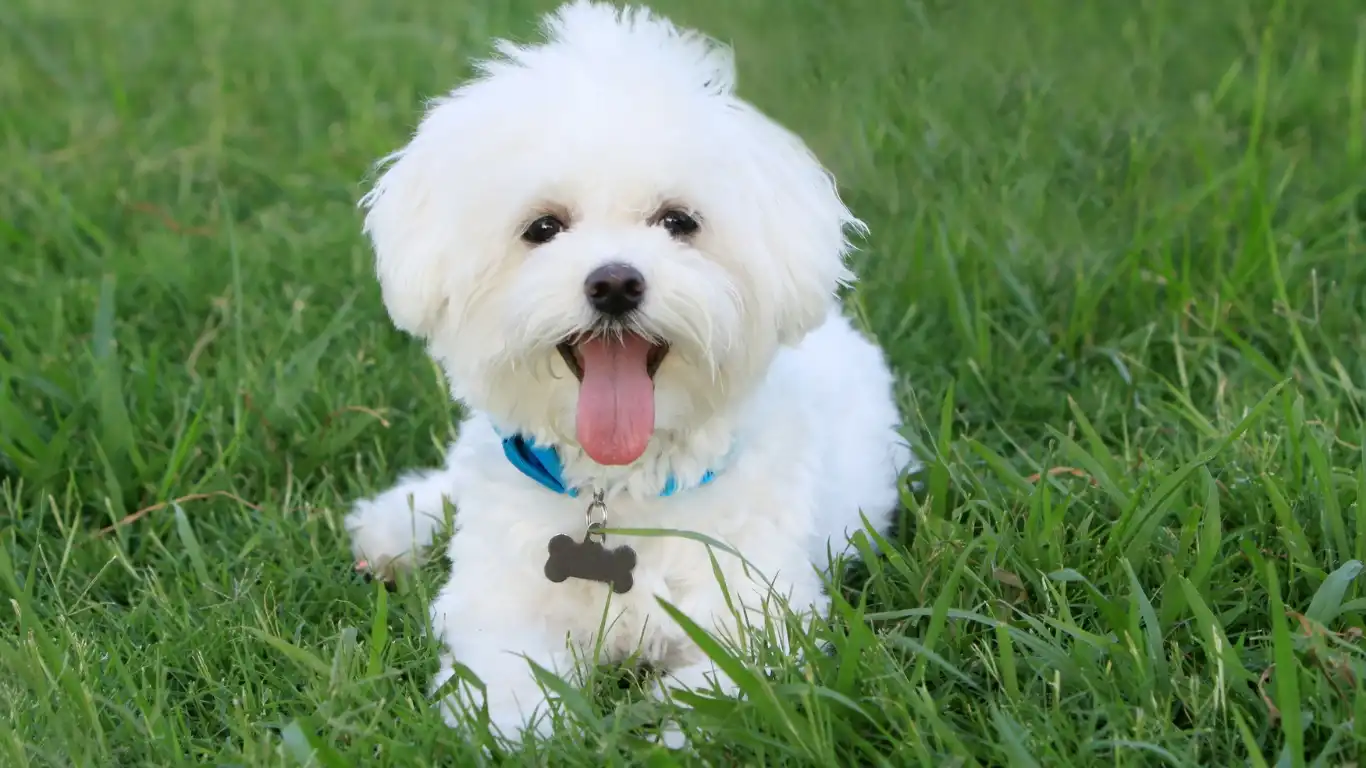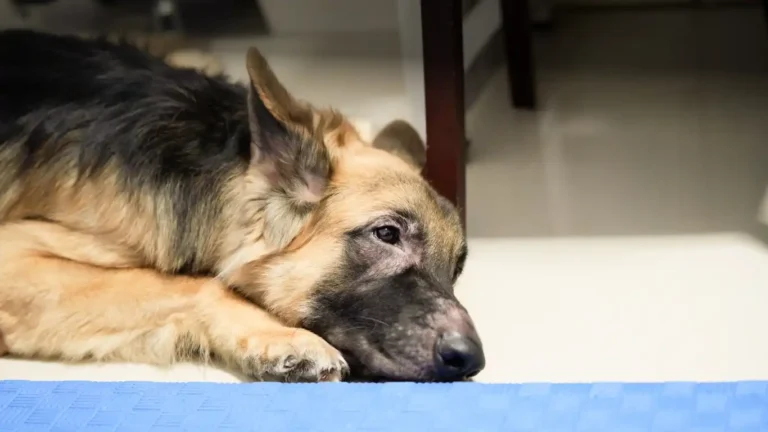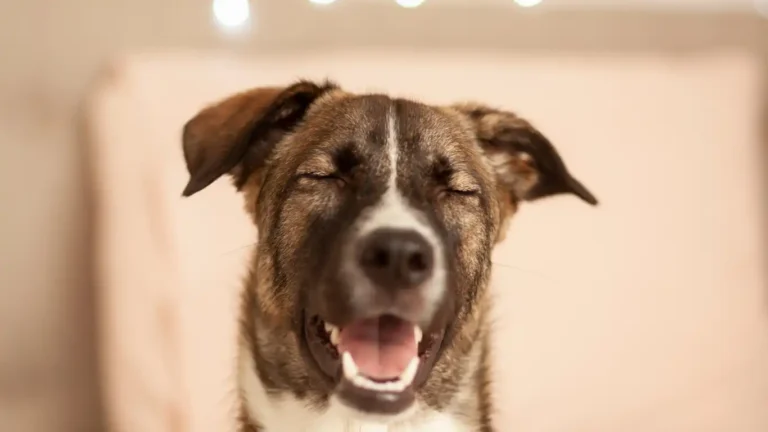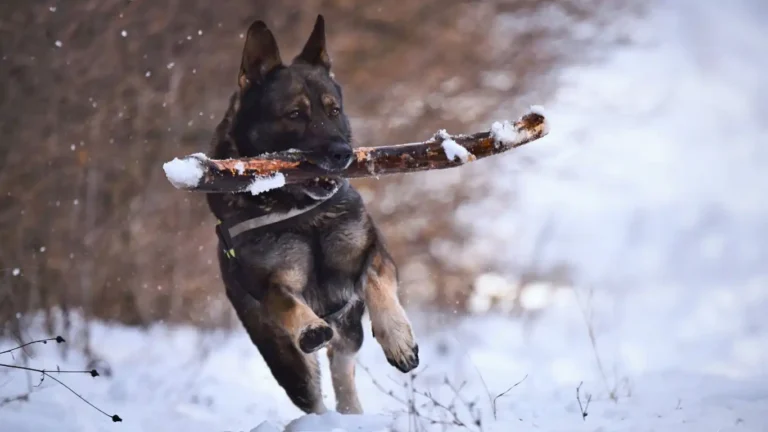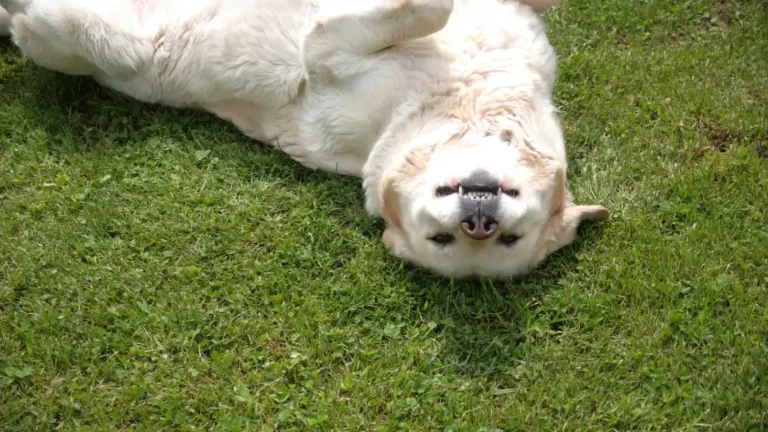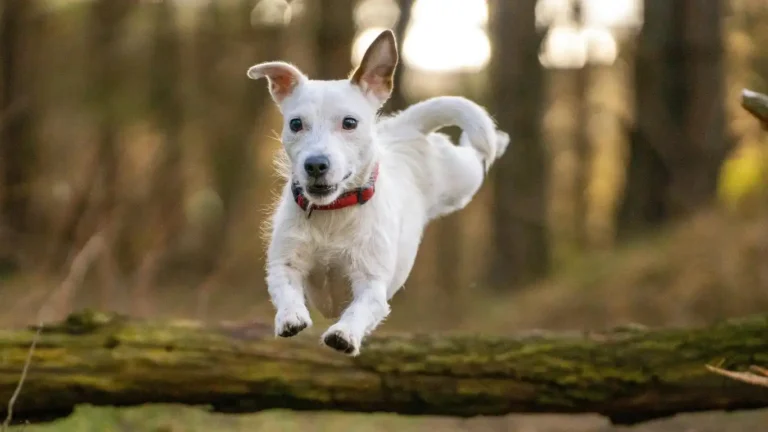How to Encourage Gentle Play Between Dogs for Happy Pets
If you’ve ever watched two dogs interacting, you probably noticed how some play is gentle and relaxed, while other times it gets a little too rough and intense. As someone who’s worked closely with dogs—especially in my role as a Veterinary Technician and Nutrition Specialist—I’ve seen firsthand how encouraging gentle play can make a huge difference in their overall well-being. How to encourage gentle play between dogs isn’t just about keeping things calm; it’s about promoting healthy social behavior, preventing injuries, and making playtime enjoyable for everyone involved. In this post, I’m going to share practical tips and insights based on real-world experience to help you foster positive, gentle play sessions with your furry pals.
Understanding Dog Play Styles and Why Gentle Play Matters
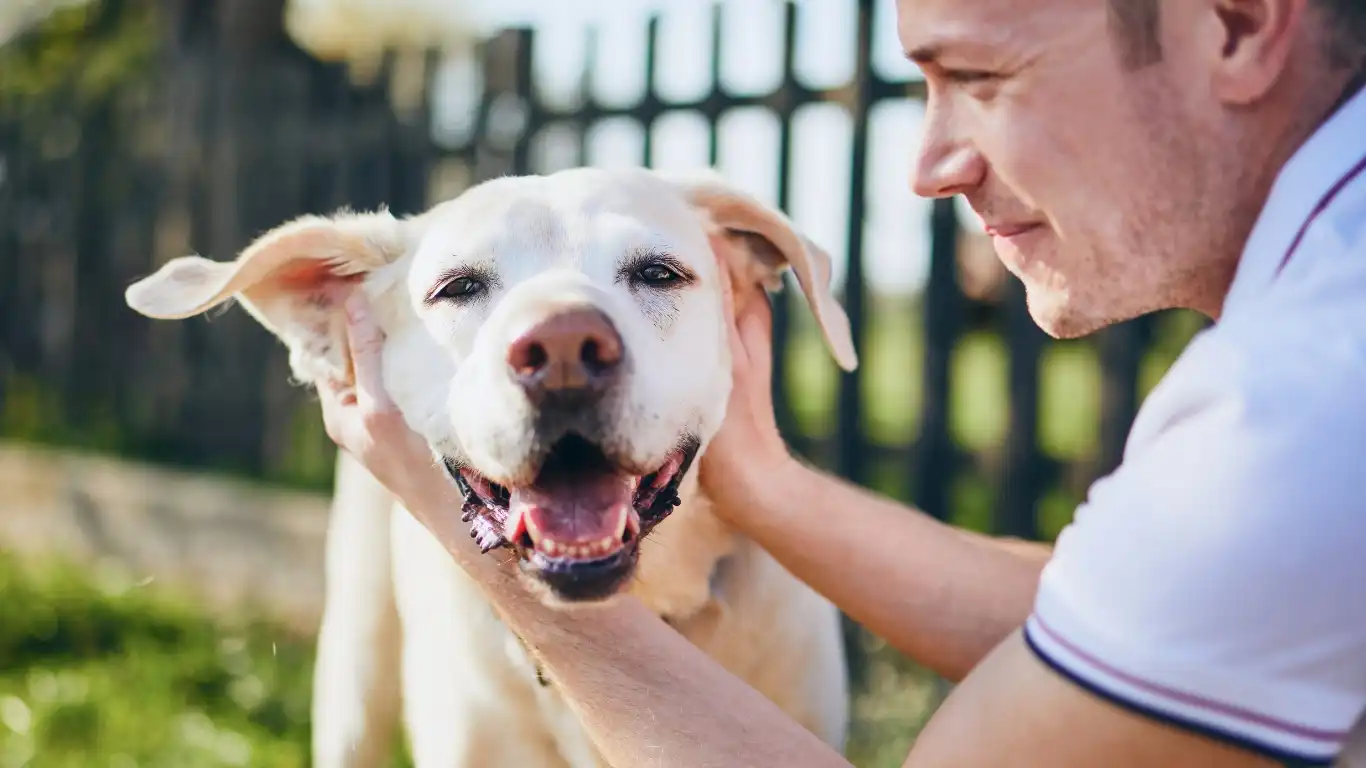
First off, not all dog play is created equal. Dogs have different ways of expressing excitement and affection during play, ranging from chasing and wrestling to pawing and mouthing. Some dogs naturally prefer rougher play styles, while others are more delicate and reserved. The trick is to recognize these styles and steer the interaction toward gentler behavior that both dogs can enjoy safely.
From my experience, dogs that play too roughly often risk injury or escalate into aggressive encounters. This can be stressful not only for the dogs but also for their owners. Encouraging gentle play helps build trust and improves communication between dogs, which is essential for their emotional health. Plus, it makes those tail-wagging, happy moments last longer!
How Dogs Communicate During Play
Dogs are masters of body language. When encouraging gentle play, it’s important to tune into their signals so you can intervene or guide them when necessary. Some key signs to watch for include:
- Loose, relaxed body movements—a wagging tail, soft eyes, and play bows signal friendly intentions.
- Gentle mouthing and controlled biting—dogs might nibble, but it shouldn’t hurt or cause distress.
- Pauses in play—brief breaks indicate that the dogs are checking in with each other and staying comfortable.
On the flip side, signs of escalating tension or roughness might be stiff bodies, growling, snapping, or one dog trying to escape. If you catch these early, it’s easier to redirect the energy toward calmer interactions.
Setting the Stage: Creating a Safe Environment for Gentle Play

One of the biggest influences on how dogs play is their environment. A cramped, noisy, or chaotic space can lead to overstimulation and rough behavior. When I work with pet owners, I always emphasize the importance of creating a calm and inviting play area that encourages gentle interactions.
Here are some key factors to keep in mind:
- Space: Make sure the play area is spacious enough for dogs to move freely without feeling trapped or crowded.
- Familiar surroundings: Dogs tend to play more gently when they feel safe and comfortable. Try to use a space they know well.
- Minimal distractions: Loud noises or lots of people around can cause anxiety or overexcitement, so aim for a calm atmosphere.
- Soft surfaces: Grass, rugs, or padded flooring reduce the risk of injury during play.
In my clinic, I often see dogs behave differently in unfamiliar or stressful environments, so replicating a low-stress, familiar setting at home really helps encourage gentle play naturally.
Practical Tips on How to Encourage Gentle Play Between Dogs
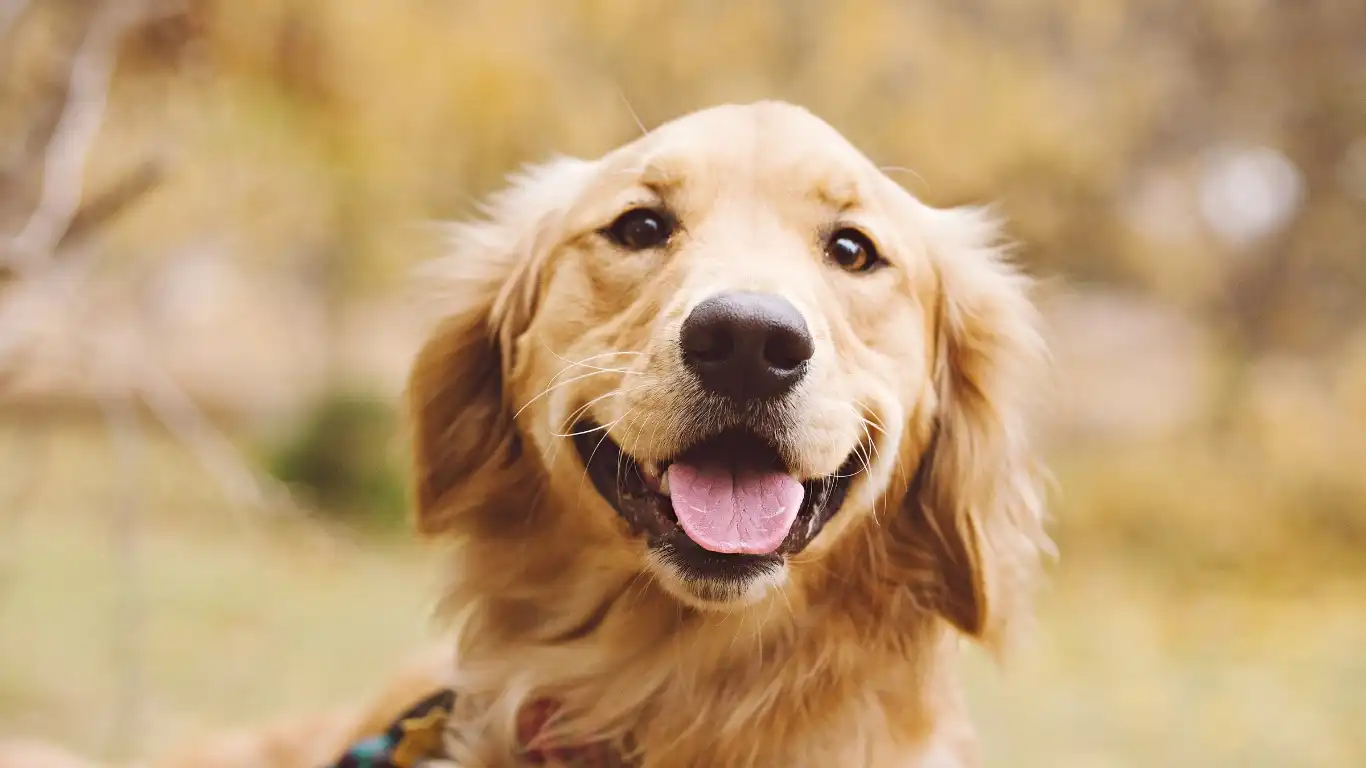
When it comes to how to encourage gentle play between dogs, the best approach is a mix of observation, patience, and timely intervention. Over the years, working hands-on with various breeds and temperaments, I’ve gathered some simple yet effective strategies that can really help nudge your pups toward more gentle interactions.
Start With Controlled Introductions
Before jumping into full-on play sessions, especially with dogs who don’t know each other well, I always recommend controlled introductions. This means letting the dogs meet in a neutral, calm space where you can closely watch their behavior. Keep the initial encounters short and sweet, and use leashes or barriers if needed to prevent any sudden roughness.
A calm introduction sets the tone for the rest of their playtime, making it easier to guide them toward gentle interactions. I’ve seen clients who rushed this step struggle later with overly rough play, so trust me—it’s worth taking your time here.
Use Positive Reinforcement to Reward Gentle Behavior
One of the most powerful tools in encouraging gentle play is positive reinforcement. Whenever you notice your dogs playing calmly—maybe gently mouthing, soft pawing, or taking turns chasing each other—immediately reward them with treats, praise, or affection. This helps them associate gentle behavior with good things.
Personally, I like to carry small, tasty treats during playtime. When dogs get rewarded right after a gentle move, they tend to repeat it. Over time, this positive feedback loop can significantly reduce roughhousing.
Redirect Rough Play With Interactive Toys
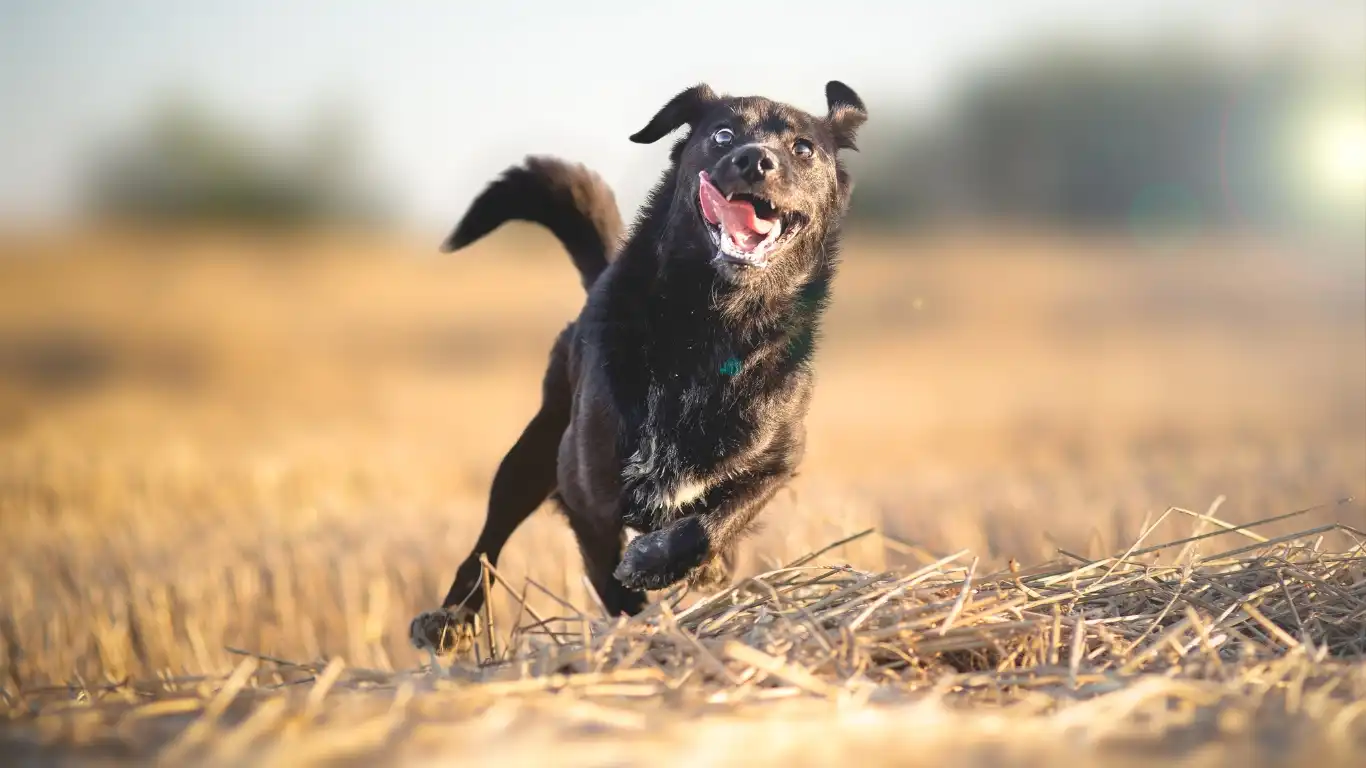
Sometimes, despite your best efforts, dogs get carried away and start playing too roughly. Instead of abruptly stopping the fun, try redirecting their energy toward interactive toys or games. Tug toys, puzzle feeders, or even fetch with a soft ball can channel their excitement into more controlled activities.
I often recommend this approach because it keeps the play positive and engaging, while preventing those tense moments that might escalate. Plus, it’s a great way to keep both dogs mentally and physically stimulated without risking injury.
Reading the Room: How to Intervene Without Spoiling Play
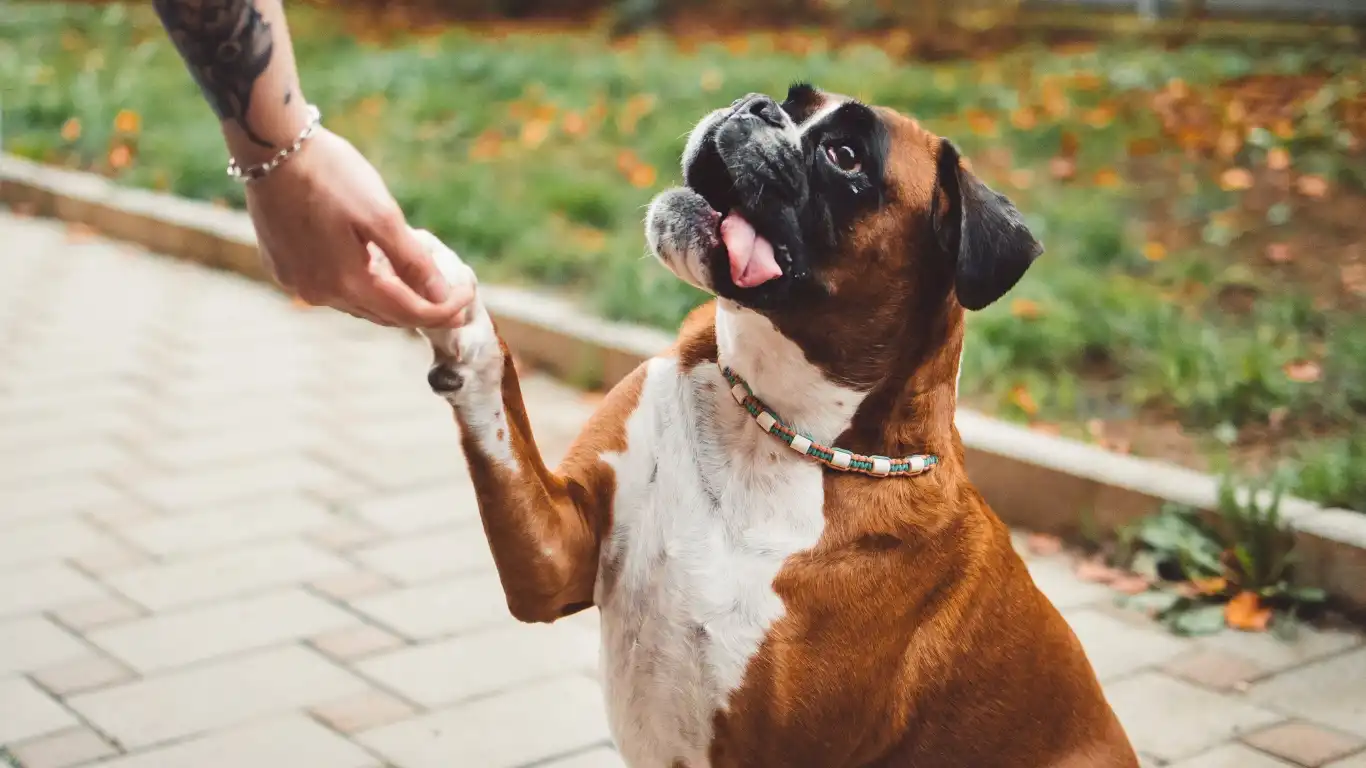
Knowing when and how to step in during dog play is a bit of an art form. Intervene too much, and you risk confusing or frustrating your dogs; intervene too little, and the roughness could escalate. From my veterinary experience, timing and technique are everything.
Recognize Early Signs of Overexcitement or Discomfort
Early intervention means spotting subtle signs before things get out of hand. Dogs might start to tense up, growl differently, or display stiff postures just before rough play turns aggressive. If you catch these cues early, a calm verbal correction or distraction can redirect their focus.
Use Calm, Consistent Cues
When you do need to step in, keeping your tone calm and your body language non-threatening makes a big difference. Avoid yelling or sudden movements, which can increase anxiety or excitement. Simple commands like “easy” or “gentle,” paired with a soothing voice, often work wonders.
In my experience, dogs respond best when the human stays grounded and patient—think of it as being the referee who keeps the game fun and safe.
Give Breaks and Space
Sometimes, the best way to encourage gentle play is to give dogs a moment to cool off. If the energy starts building up too much, separating them briefly—whether by calling them away or placing them in separate areas—allows everyone to reset.
I’ve seen countless times how a short pause helps dogs come back to play calmer and more thoughtfully. This break also teaches them that gentle play is the way to keep the fun going without interruptions.
Long-Term Strategies for Sustaining Gentle Play Habits

After years working alongside dogs and their families, I’ve learned that encouraging gentle play isn’t a one-time fix—it’s a long-term commitment. Consistency, patience, and understanding each dog’s unique personality all play key roles in sustaining those calm, happy play sessions.
Build a Routine Around Playtime
Dogs thrive on routine, and structuring playtime to include regular, calm interactions helps set expectations. I usually advise owners to set specific times for play—morning, afternoon, or evening—when dogs can expend their energy without feeling overstimulated.
Having a predictable schedule not only reduces anxiety but also reinforces gentle play patterns. Plus, when dogs know that playtime happens regularly, they’re less likely to rush into roughness just to get their excitement out.
Encourage Socialization With Like-Minded Dogs
One of the biggest factors in how dogs play is who they’re playing with. From my veterinary clinic experience, dogs tend to mirror the energy of their playmates. So, pairing your dog with others who naturally prefer gentle play can make a world of difference.
If you’re introducing a new dog or taking your pup to dog parks, observe how they interact and choose companions wisely. Sometimes it’s better to organize playdates with calm dogs rather than letting them loose in a busy park full of high-energy, rough players.
Train and Reinforce Basic Commands
It might sound obvious, but teaching your dogs solid basic commands—like “come,” “sit,” “leave it,” and “stay”—provides tools for managing playtime. When dogs respond reliably to these cues, you can interrupt rough behavior quickly and smoothly without tension.
Over the years, I’ve found that training sessions don’t just improve obedience—they deepen the bond between dogs and their humans. This connection builds trust, which naturally encourages calmer and more respectful play.
Nutrition and Health: The Unsung Heroes of Gentle Play
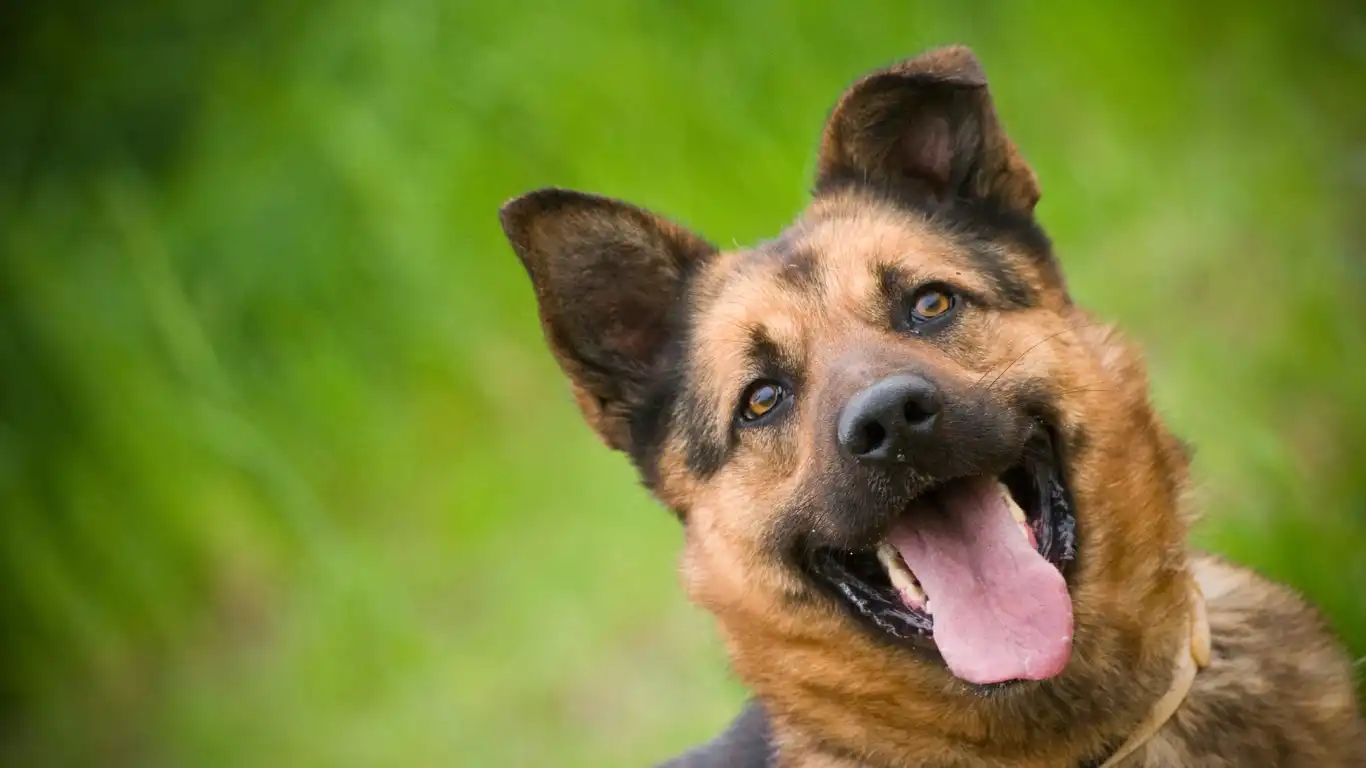
You might be wondering, “What does nutrition have to do with how my dogs play?” Well, quite a bit! In my role as a Veterinary Technician specializing in nutrition, I’ve seen how diet directly impacts energy levels, mood, and overall behavior.
Dogs fueled by balanced, nutrient-rich diets tend to have more stable energy and better impulse control—two huge factors in keeping play gentle and enjoyable. On the other hand, poor nutrition or unbalanced meals can contribute to hyperactivity, irritability, or even aggression.
So, it’s always worth consulting with a veterinary nutritionist or your vet to tailor your dog’s diet to their age, breed, and activity level. Sometimes small tweaks in what your dog eats can lead to big improvements in their play style.
Hydration and Regular Exercise
Alongside nutrition, keeping your dog hydrated and providing regular exercise are essential. Fatigued or overheated dogs are more prone to play rough or become cranky. Ensuring they have access to fresh water and daily physical activity helps maintain balance.
In my clinic, I always remind pet parents that a tired dog is a happy dog—but “tired” should come from healthy, structured exercise, not chaotic or overly intense play sessions that can backfire.
Resources and Continuing Education for Dog Owners
If you’re eager to dive deeper into understanding canine behavior and how to foster positive play, there are some great trusted sources to check out. Organizations like ASPCA and American Veterinary Medical Association provide reliable info on dog behavior, health, and safety. For nutrition specifics, the American Animal Hospital Association is a fantastic resource.
Remember, knowledge is power when it comes to our pets. The more you learn, the better equipped you’ll be to create a loving, safe environment where your dogs can play gently and happily.
Disclaimer
This article is intended for informational purposes only and is based on my professional experience as a Veterinary Technician and Nutrition Specialist. It does not replace professional veterinary advice or personalized training consultations. Always consult with your veterinarian or a qualified animal behaviorist for specific concerns about your dog’s health or behavior.
